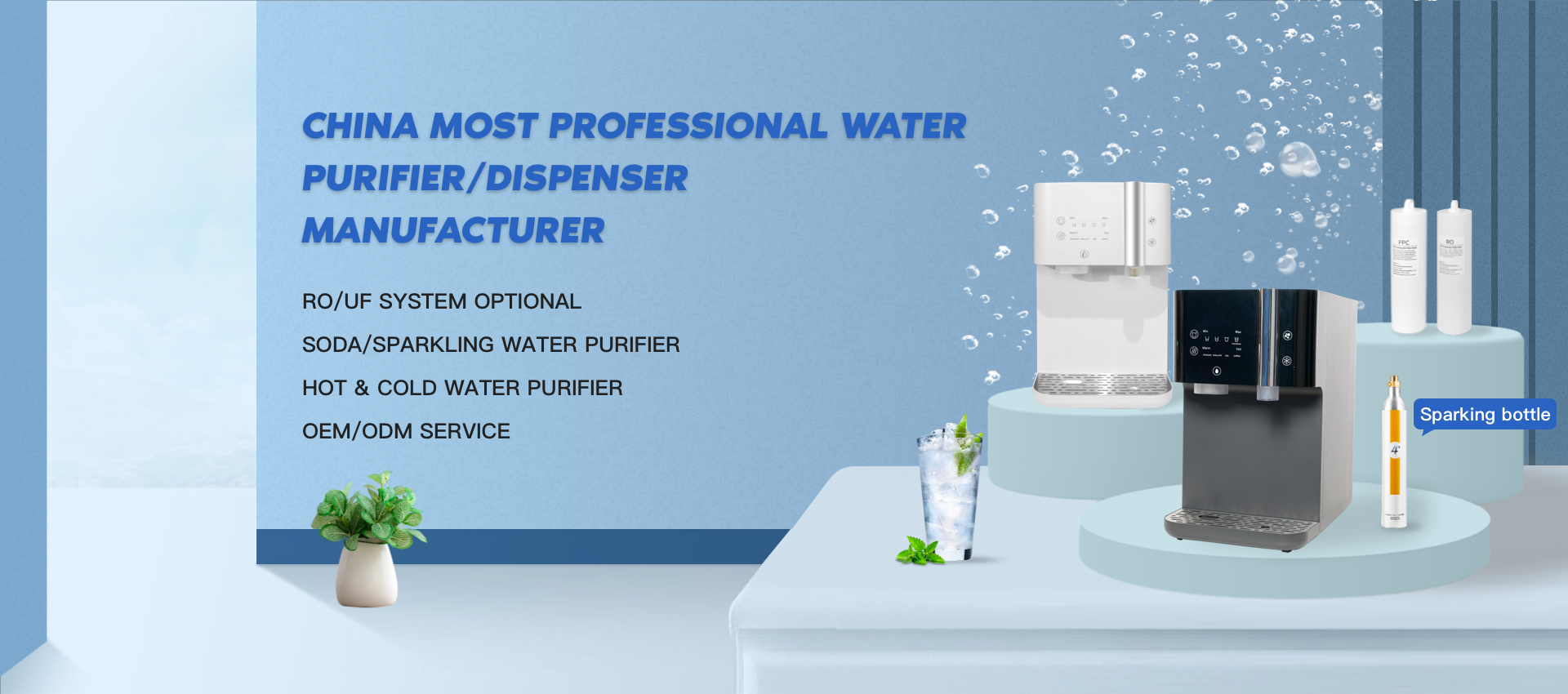The RO system in a water purifier typically consists of several key components:
1. Pre-Filter: This is the first stage of filtration in the RO system. It removes large particles such as sand, silt, and sediment from the water.
2. Carbon Filter: The water then passes through a carbon filter that removes chlorine and other impurities that can affect the taste and smell of the water.
3. RO Membrane: The heart of the RO system is the membrane itself. The RO membrane is a semi-permeable membrane that allows the passage of water molecules while preventing the passage of larger molecules and impurities.
4. Storage Tank: The purified water is stored in a tank for later use. The tank typically has a capacity of a few gallons.
5. Post-Filter: Before the purified water is dispensed, it passes through another filter that removes any remaining impurities and improves the taste and odor of the water.
6. Faucet: The purified water is dispensed through a separate faucet installed alongside the regular faucet.


Reverse osmosis removes contaminants from unfiltered water, or feed water, when pressure forces it through a semipermeable membrane. Water flows from the more concentrated side (more contaminants) of the RO membrane to the less concentrated side (fewer contaminants) to provide clean drinking water. The fresh water produced is called the permeate. The concentrated water left over is called the waste or brine.
A semipermeable membrane has small pores that block contaminants but allow water molecules to flow through. In osmosis, water becomes more concentrated as it passes through the membrane to obtain equilibrium on both sides. Reverse osmosis, however, blocks contaminants from entering the less concentrated side of the membrane. For example, when pressure is applied to a volume of saltwater during reverse osmosis, the salt is left behind and only clean water flows through.
Post time: Apr-28-2023





